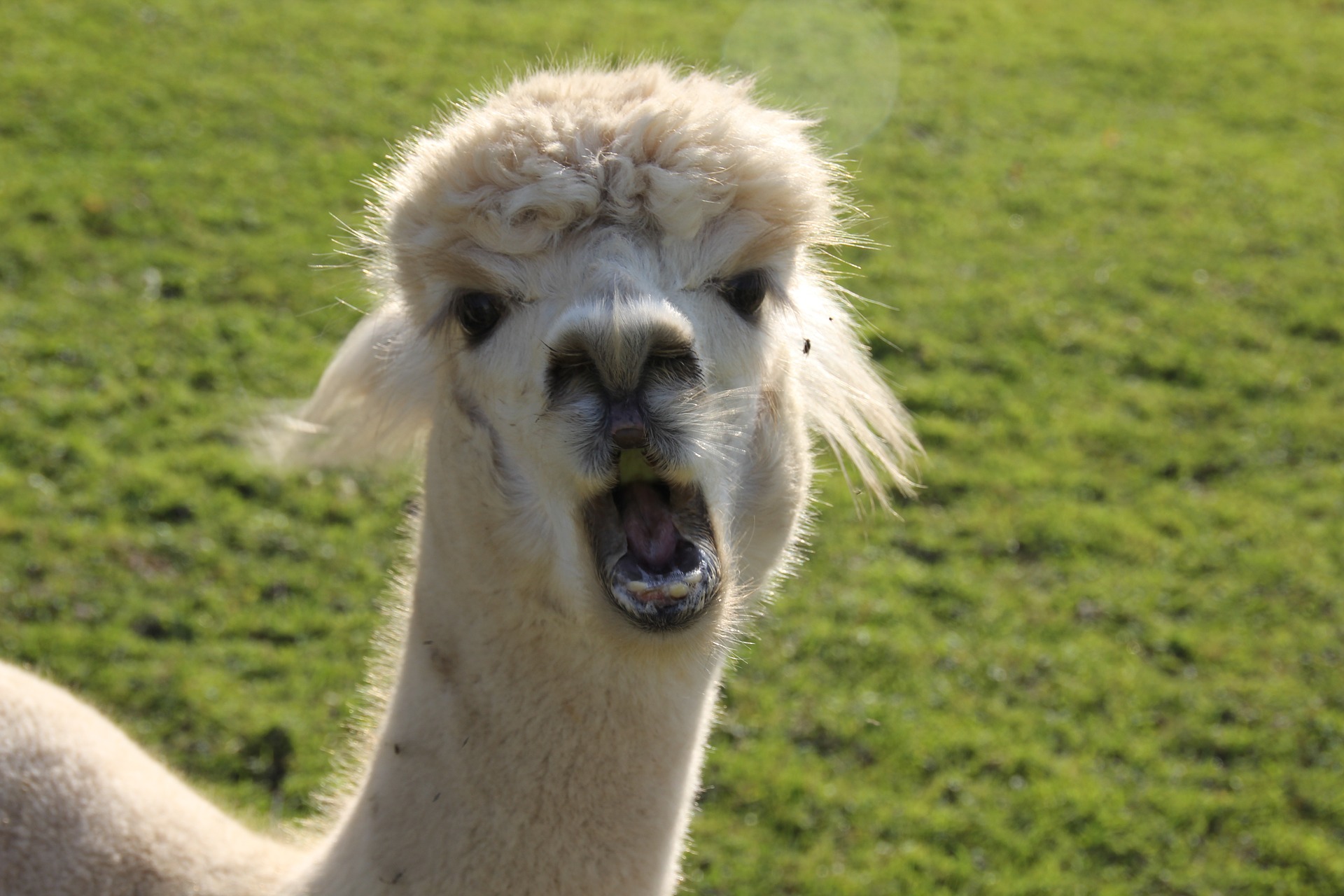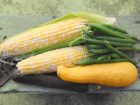By Emma O’Connell
Permaculture is an amazingly common sense approach to living as a part of your surroundings. Below is the second in a series outlining the core principles of Permaculture in relation to a specific element (this week, Alpacas) with examples of how the element functions within the Permaculture system.
First off what is Permaculture? In a few words it’s synergy. It’s a system for creating sustainability. All parts of the system are integrated and are ecologically and economically viable.
Outlined below is a short synopsis of each of the principles of Permaculture (defined by Mollison, 1991) followed by an example of how the wonderful Alpaca fits into the whole.
1. Relative location: every element is placed in relationship to another so that they assist each other. Elements of a site include things like the house, herb garden, woodpile, barn, chicken coop, alpacas, etc.
An Alpaca barn/shelter and pasture that is conveniently close to the residence and garden is ideal. Like most domestic animals Alpacas require daily care, so an easy to get to location is a must. Unlike some barnyard animals, Alpacas are relatively un-stinky and quiet. Therefore, having them located a little closer to the house and garden would be more appropriate than say cows.
The Alpaca shelter should be positioned to take advantage of solar warmth in winter and block cold northerly winter winds. A deciduous tree or trees grown to the south of the barn will also give the animals shade on their living areas during the summer months, but allow for winter sun.
Animal living areas should be located close to fresh water access (a spigot), electricity if needed (for heated waterers during winter months, shearing, and lighting), and should be relatively close to road/trailer access.
2. Each element performs many functions.
Alpaca’s have many functions in a permaculture system: fiber for textiles, high-protein meat, manure, income (through sales of animals, fiber, composted manure, or meat), hides, and as guard animals.
3. Each important function is supported by many elements.
What other types of animals can serve some of the same functions of alpaca?
Fiber—sheep, Angora, Bison (down), Musk ox (quivit), Cashmere goat, Angora goat, Chinchilla.
Meat—just to name a few that are good for a small farm: goat, lamb, chicken, turkey, and rabbit.
Manure—non-burning manure that does not need prior composting (like alpaca manure)-llama, dairy cow. Other manures from chickens, geese, rabbits, horses, and steer need composting first because they are considered “hot” and can “burn” plants if used incorrectly.
Income—most other farm animals can be used to generate income too.
Hides—examples a few other domesticated animals that can be used for their hide: cow, rabbit, and bison
Guard animals—donkeys, mules, dogs, and llamas.
4. Efficient energy planning for house and settlement (zones and sectors).
Alpacas are best sited in a zone 3 setting for maximum energy efficiency. A short distance from the human residence and the garden is ideal. Giving yourself easy access to alpaca feeding areas will make the human care they require, easier to give. A garden that is close by also makes it convenient to utilize the alpaca manure.
Here is a good article about how to best set up an alpaca barn and pasture area for maximum efficiency.
5. Emphasis on the use of biological resources over fossil fuel resources
Alpaca’s are very efficient ruminants. Therefore they are best allowed to graze on low protein grasses, which require no fossil fuel resources to care for. Two good rotational pastures of around one acre each could comfortably hold a small herd of 5-10 animals.
6. Energy recycling on site (both fuel and human energy). Using design to ensure a complete energy cycle with both incoming natural energies and those generated on site.
Their droppings make a great fertilizer for their grazing areas (cycling the energy in situ) or the manure can be collected and used directly in the garden or composted first.
7. Using and accelerating natural plant succession to establish favorable sites and soils.
If you have a new area that is in grasses that you want to bring under cultivation you could allow your alpacas to graze it first for as long as a year or two. Then, when you move the alpacas off grazed area, it will be fertilized and ready for working.
8. Polyculture and diversity of beneficial species for a productive, interactive system.
There are two distinct breeds of alpacas: Huacaya (wah-KI’-ya) and Suri (“surrey”). Other animals that live well with alpacas include goats, sheep, and chickens.
9. Use of edge (where boundaries meet) and natural patterns for best effect.
There is no reason why you have to have a square fenced in area for your herd. Imagine two circular pastures on either side of a barn or shelter. The fence can be an edge between a garden and their grazing areas. Maybe on this edge you let some of their favorite grasses grow up and just out of their reach so you can have a special treat to pick and hand feed them over the fence, or scythe and dry for them for winter.
Look for people practicing Permaculture in your area as well as people selling Alpaca products onPick-A-Pepper.com!
References:
Mollison, Bill. Introduction to Permaculture. Tasmania, Australia: Tagari Publications, 1991.
Maureen Murphy/ “Alpaca-Close-Up” October 9, 2011. Online Image. Flickr Image <http://www.flickr.com/photos /maureenclare/6353314621//>
Online Resources:
Similar Stories:
- The Principles of Permaculture: A Series of Examples-This Week, Daffodils!
- Five Myths About Food Safety and Home Gardens
- Health and Environmental Hazards of GMOs: An Annotated Bibliography.
- Federally Funded Grants for US Farmers
- Book Review: The End Of Food by Paul Roberts




